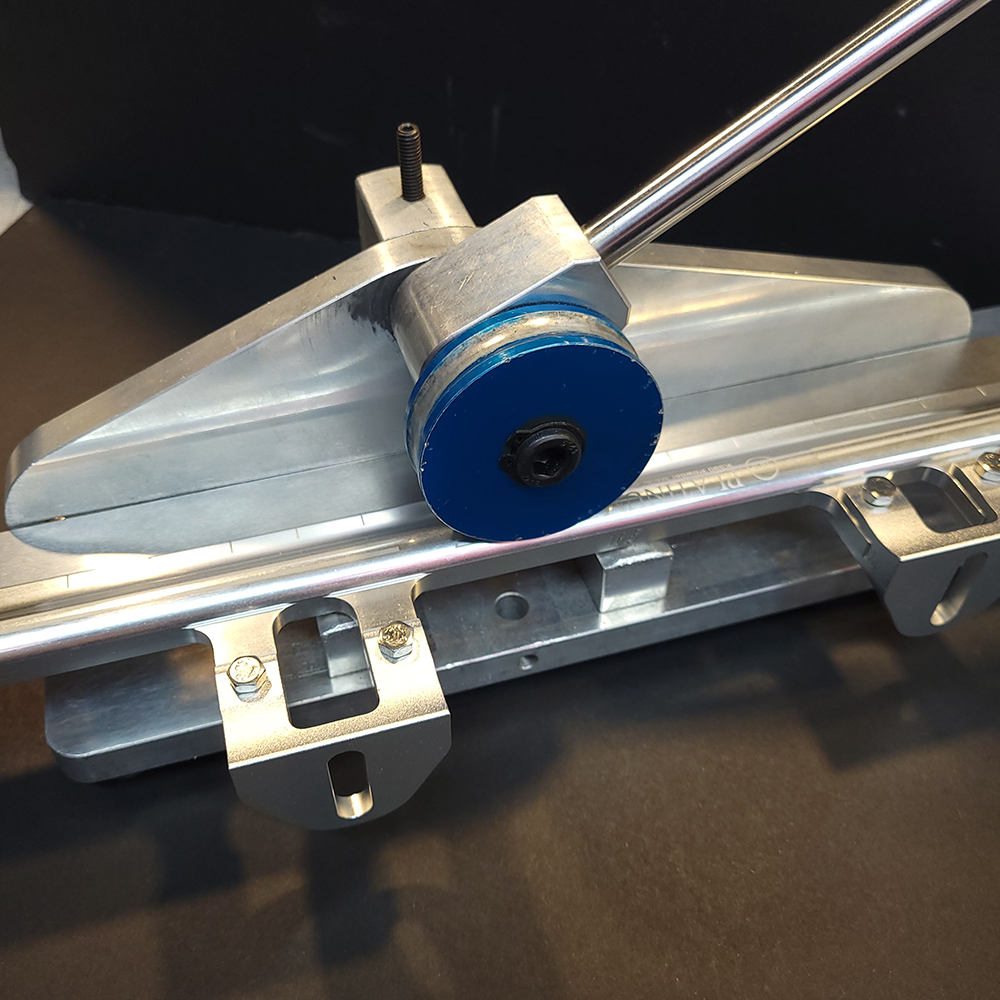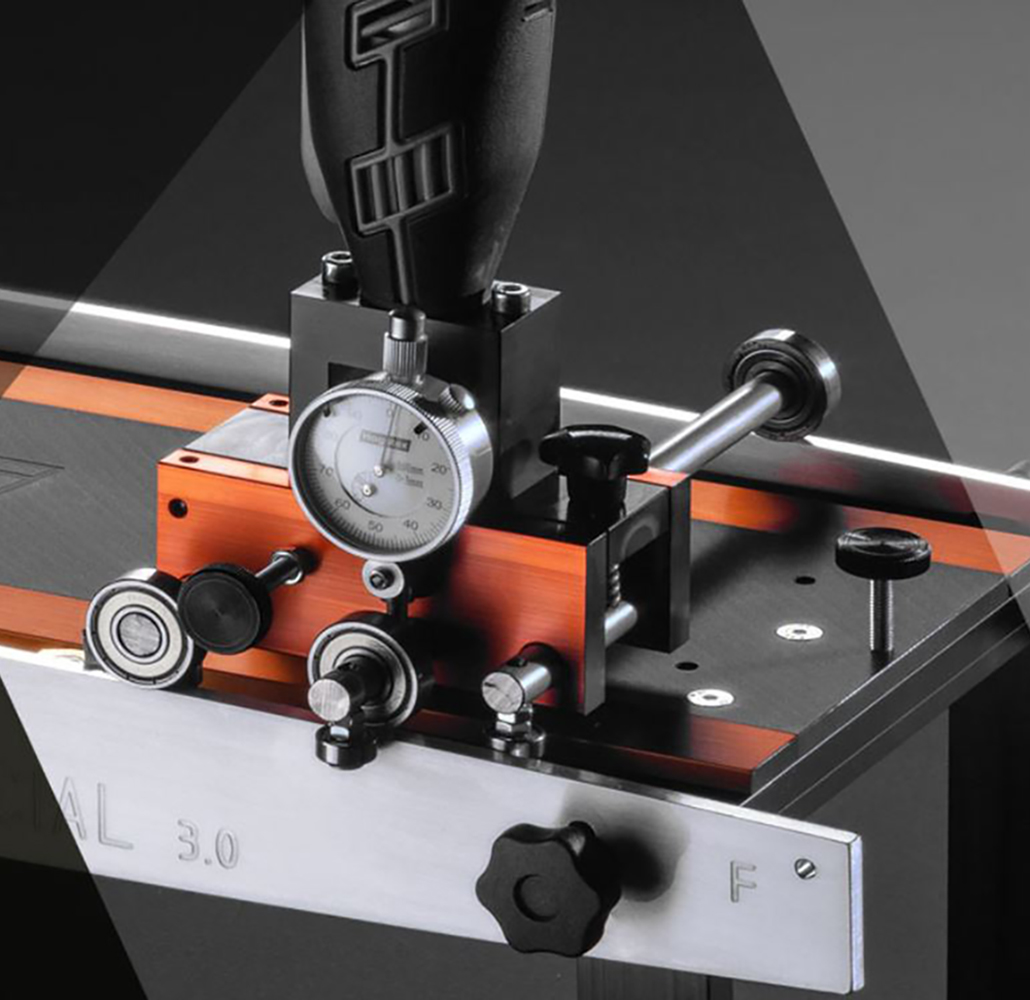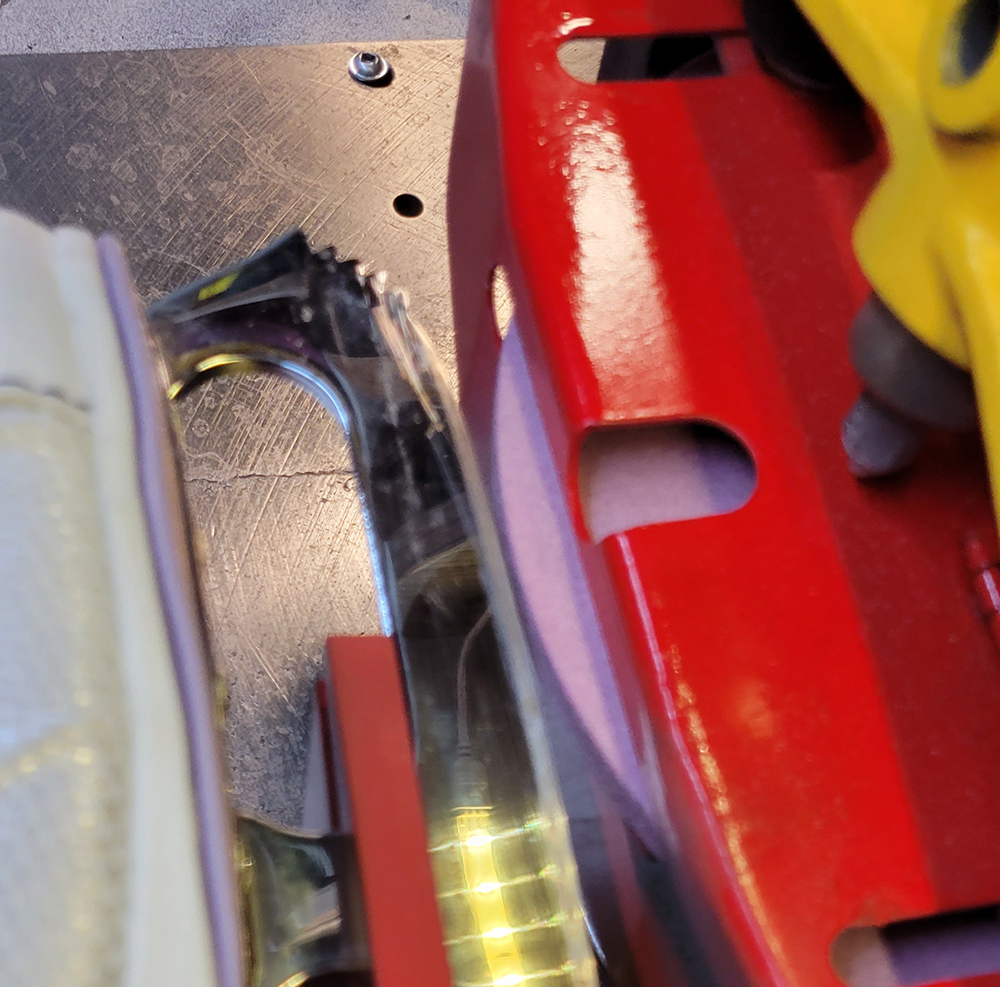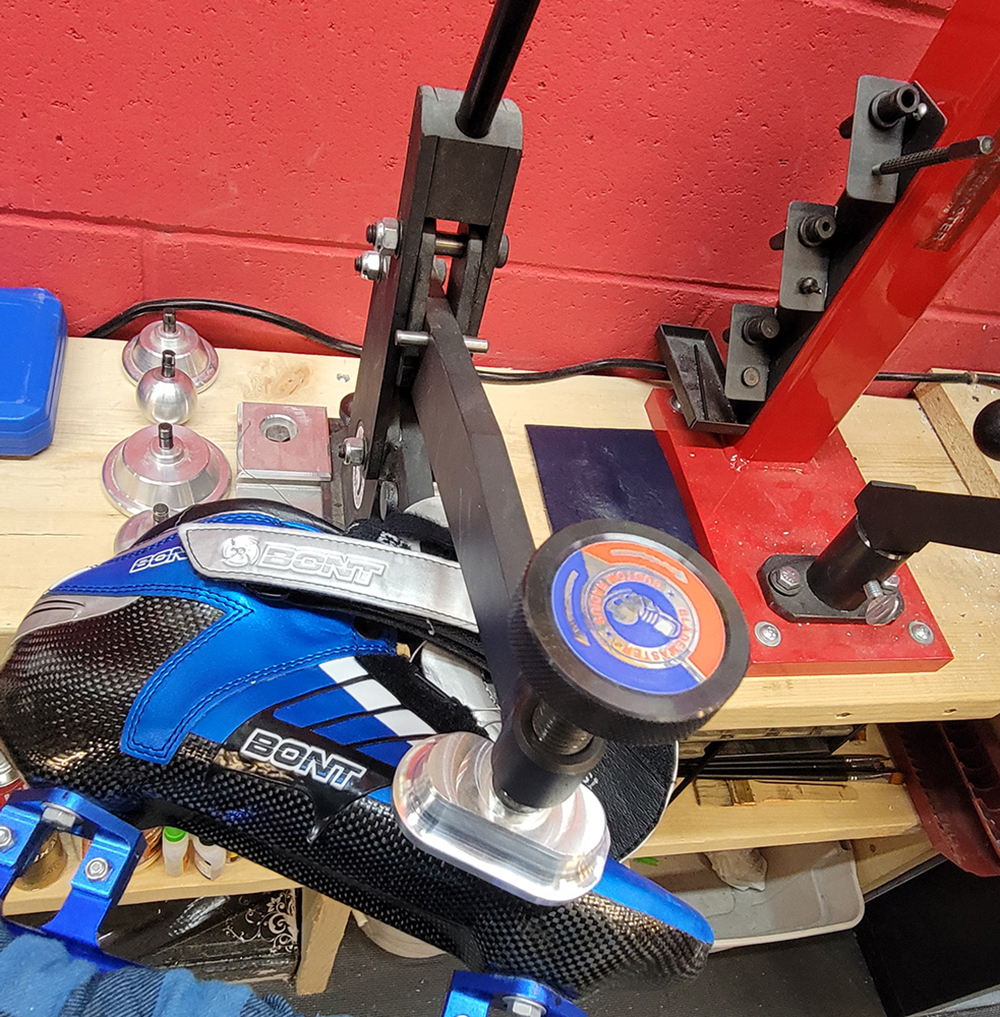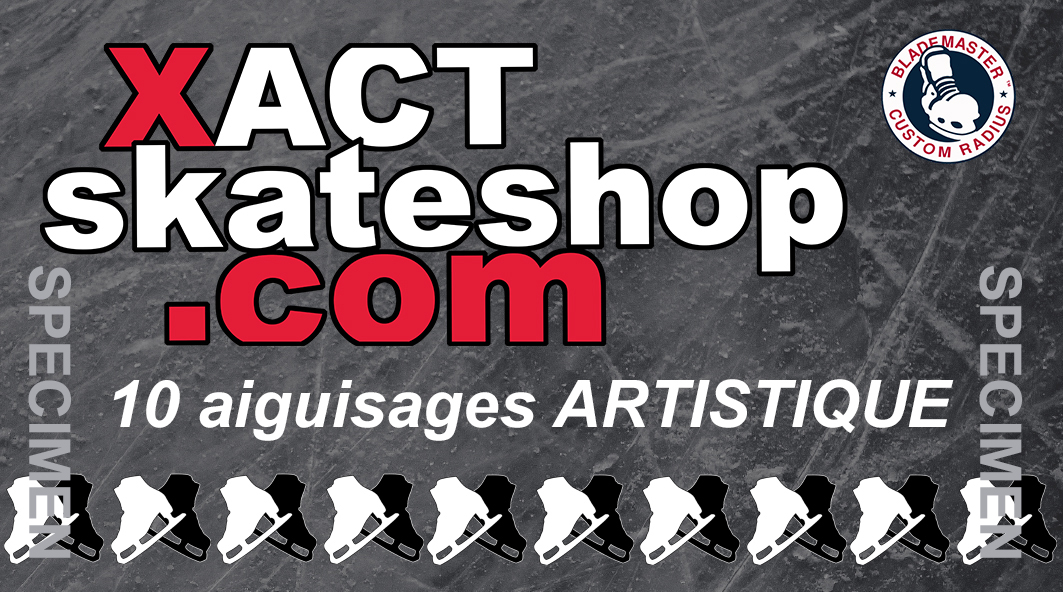Blade bending
$20.00
Blade bending
In order to achieve the best performances, skaters need to rely on their equipment – and nothing is more important than perfectly bent blades. Let our specialists match the perfect bend to your rocker.
Blade bending
In order to achieve the best performances, skaters need to rely on their equipment – and nothing is more important than perfectly bent blades. Let our specialists match the perfect bend to your rocker.
Bending in speed skating blades is a crucial aspect of the sport, as it directly affects a skater’s performance on the ice. The bending or flex of the blades can impact a skater’s ability to maintain stability, optimize speed, and navigate corners efficiently. Here are some key points about speed skating blade bending:
- Consistent Bend Radius: Speed skating blades are designed with a specific bend radius. The bend radius refers to the curvature of the blade along its length. Having a consistent bend radius is essential for skaters because it ensures that both blades on each skate have the same flex, promoting balance and control.
- Blade Thickness: The thickness of the blade can affect its bending characteristics. Thicker blades typically provide more stability but may be less agile in turns, while thinner blades are often more flexible, allowing for better cornering but potentially reducing stability at high speeds.
- Blade Material: The choice of material in speed skating blades can influence how they bend. Many blades are constructed from metals like aluminum or bi-metal, as mentioned in your previous question. These materials can be tailored to provide specific levels of flex and stiffness.
- Blade Mounting: The way the blade is attached to the boot can also impact bending. The mounting system, such as the frame or chassis, should be designed to accommodate the natural bending of the blade while maintaining structural integrity.
- Skater Preference: Speed skaters often have their own preferences when it comes to blade bending. Some skaters prefer a more rigid setup for better stability, especially in long-distance races, while others may prefer a more flexible setup to enhance maneuverability during sprints or short track races.
- Cornering and Straightaways: The bend radius of the blades plays a significant role in how well a skater can navigate corners and maintain speed on straightaways. Skaters typically lean into turns, and the blades need to bend to accommodate this motion.
- Customization: Blade bending is not a one-size-fits-all concept. Skaters may work with their coaches or equipment specialists to fine-tune the bend of their blades to suit their individual skating style and specific race conditions.
In summary, blade bending is a critical factor in speed skating, as it affects a skater’s ability to control their movements, maintain speed, and navigate the track effectively. Achieving the right balance of flex and stability is essential, and skaters often work closely with their coaches and equipment providers to customize their blades to their specific needs and preferences.
Need your blades to be rockered? Find our different rockers here

